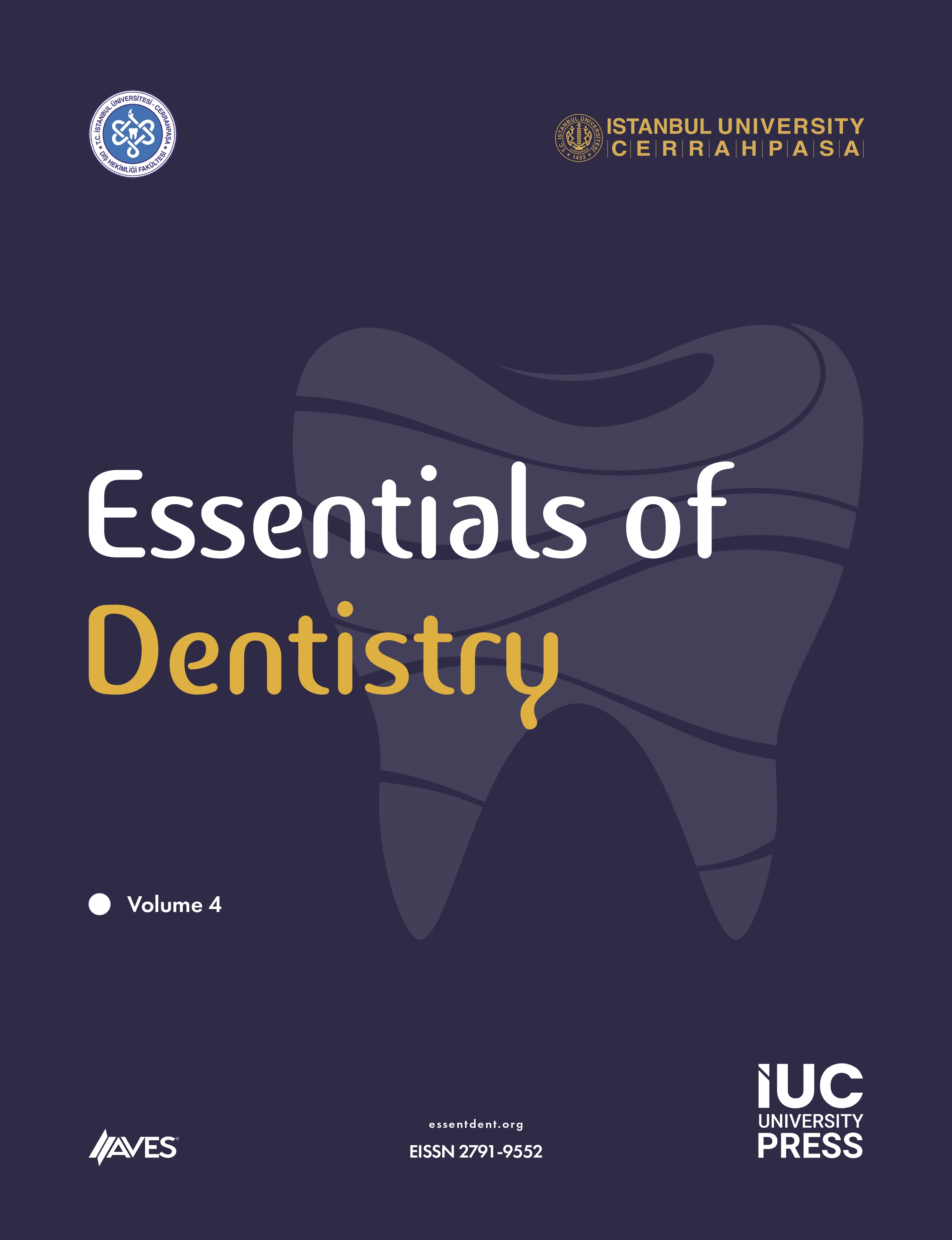Objective: The impact of whitening toothpastes on the color stability of nano-filled composite resin is not known exactly. The aim of this in vitro study was to evaluate the color stability of nano-filled composite resin that was submitted to different staining solutions and daily tooth brushing simulations with conventional or hydrogen peroxide-containing whitening toothpaste.
Methods: Nano-filled composite resin (Filtek Ultimate) was used to fabricate disc-shaped specimens. The specimens were stored for 1 hour/day in 3 different staining solutions: artificial saliva (control), coffee, and red wine. The specimens were also mechanically brushed with conventional or hydrogen peroxide-containing whitening toothpaste for 30 minutes. Color changes were recorded at baseline and after exposure. Data were analyzed using 2-way analysis of variance and Tukey’s honestly significant difference tests.
Results: Mechanical brushing succeeded in reducing color change values significantly (P < .05). The type of toothpaste did not significantly affect the color change values (P > .05). Red wine affected color change values the most, followed by coffee (P < .05).
Conclusion: The immersion of nano-filled composite resin in coffee and red wine caused a significant color change. As a result of mechanical brushing, color recovery was achieved within the acceptability threshold in specimens immersed in coffee.
Cite this article as: Şişmanoğlu S. Factors influencing the color stability of nano-filled composite resin. Essent Dent. 2022;1(3):77-83.






